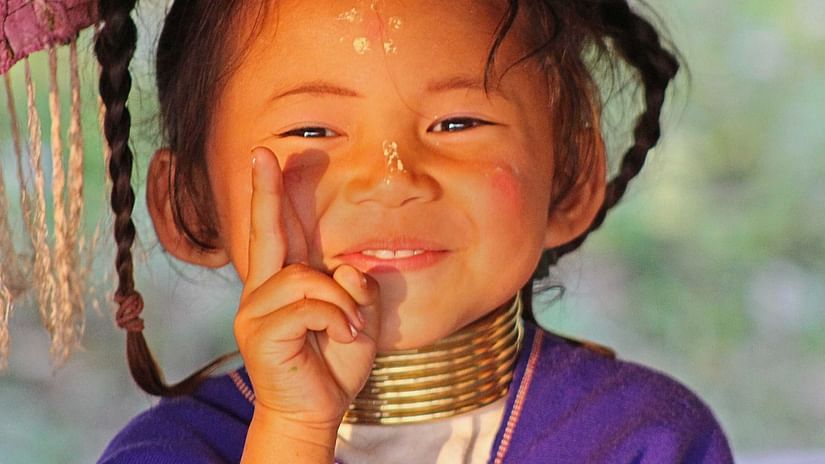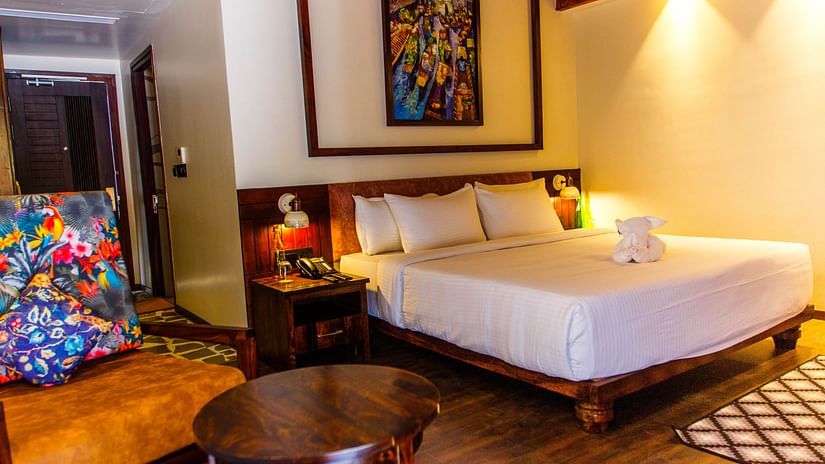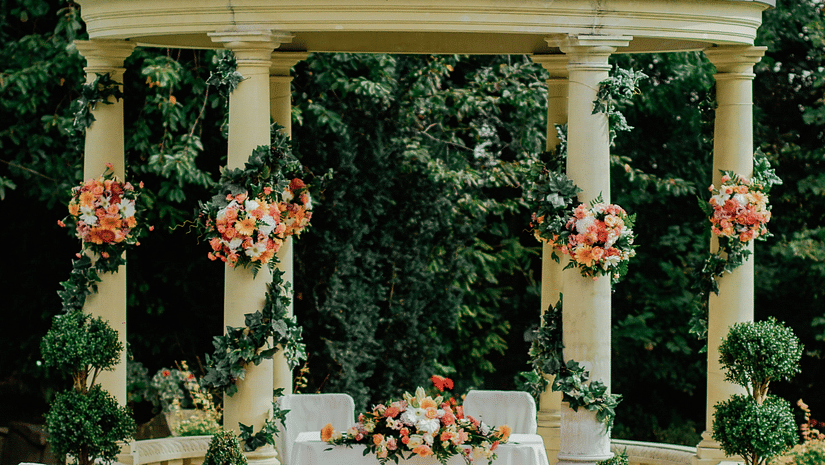The Tribes of Andaman & Nicobar Islands
Before it became a vibrant tourist destination populated with well-maintained pristine coastlines and charming beachside shacks, Andaman and Nicobar islands used to be home to tribes who had lived there since time immemorial. They lived there peacefully for centuries, engaging in hunting, foraging and fishing. But when visitors arrived, they were almost eradicated by malaria and other epidemics that they had never had to build immunity against, because they had never been exposed to the microbes that carried those diseases. Their numbers rapidly declined, as they failed to recover in the following decades.
Although lesser in number, their presence is an iconic feature of this destination. So let us dive into the history of the native tribes of Andaman and Nicobar Islands.
Although lesser in number, their presence is an iconic feature of this destination. So let us dive into the history of the native tribes of Andaman and Nicobar Islands.





